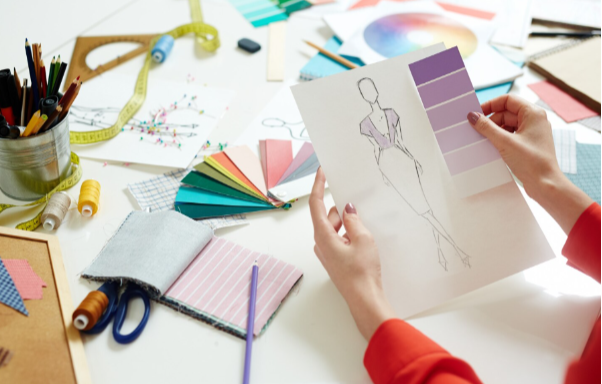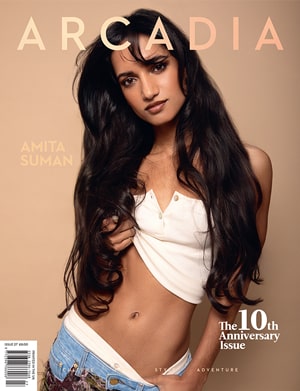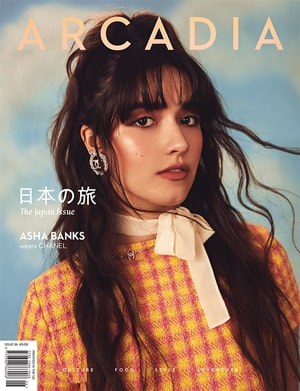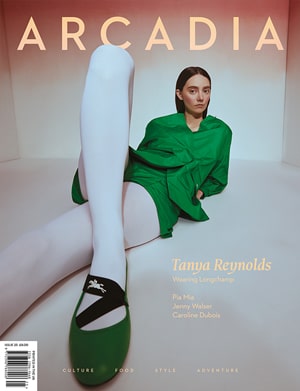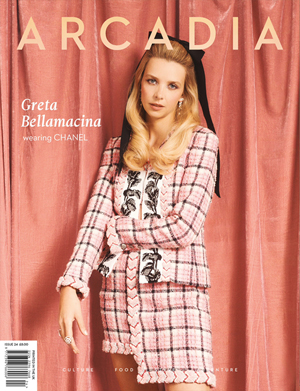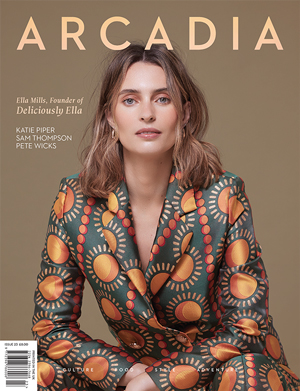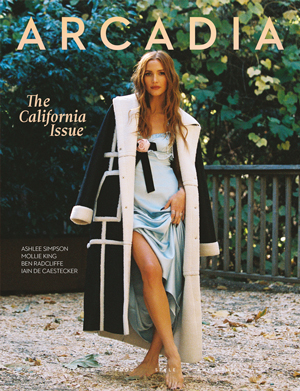It goes without saying that the fashion industry is deeply connected to the world of arts, with highly talented designers, tailors, models, and the fancy production of fashion events. Still, both worlds have many other intersections; some aren’t so obvious. History-based movies go to great lengths to recreate the clothing and customs of specific periods.
That’s why there aren’t men’s high end sneakers in a Victorian-Age movie; not in a serious one, at least. This recreation is only possible thanks to the detailed paintings and illustrations of the period. While the influence of the arts on fashion is pretty clear, is it possible to say that fashion also impacts the arts? Keep reading and find out.
An Everlasting Relationship
Arts and fashion have been walking hand in hand for centuries. The relationship dates back to the Renaissance period, when masters such as Hans Holbein the Younger and Titian painted photo-realistic portraits of noblemen. Unsurprisingly, such artworks have become the primary source of inspiration for designers dedicated to recreating historically accurate clothing.
Such realism was only possible due to the outstanding technique and talent of those painters, at a time when painting clothing in lifelike colors was a business advantage for them. So, it’s possible to argue that fashion inspired art in this period, and many other means of collaboration would appear over the centuries. In fact, they keep emerging until today.
Fashion As An Artistic Statement
Art and activism have always played along, but when fashion joined the band, they started a revolution; indeed, one of the many revolutions that emerged between the 1960s and 1970s. The Fibre Art Movement, spearheaded by Sheila Hicks, Lenore Tawney, and Magdalena Abakanowicz, used fabric to create installations. They employed techniques like knotting and weaving to create three-dimensional pieces, often in connection with the feminist movement.
Fashion has also become an integral part of pop culture, with Andy Warhol being a highly representative artist of both worlds. Warhol not only used fashion items in his artworks but also inspired and continues to inspire a myriad of designers. Most noticeably, Warhol’s drawings of shoes have created a vast collection of commercial illustrations.
Additionally, performing artists like Marina Abramovich repeatedly use their attire as a means of expression. In Abramovich’s case, the influence of fashion on her performances comes in a later stage of her career, where she explored the concept of “Energy Clothing” and “nourishing clothing.”
Wrapping Up
Undeniably, fashion has a profound and enduring impact on art. This impact has opened up a world of possibilities for artists, designers, creators, and performers, who can use it as a means of social critique, often influencing entire generations. In this context, the distance between Renaissance painters and Andy Warhol isn’t that long.
Clothing is also often used as a channel for expression, as the Fibre Art Movement demonstrates so well. However, fashion isn’t a mere muse for artists; it’s a vital part of their dynamic creativity, where shapes, textures, and colors can speak more than a thousand words.
